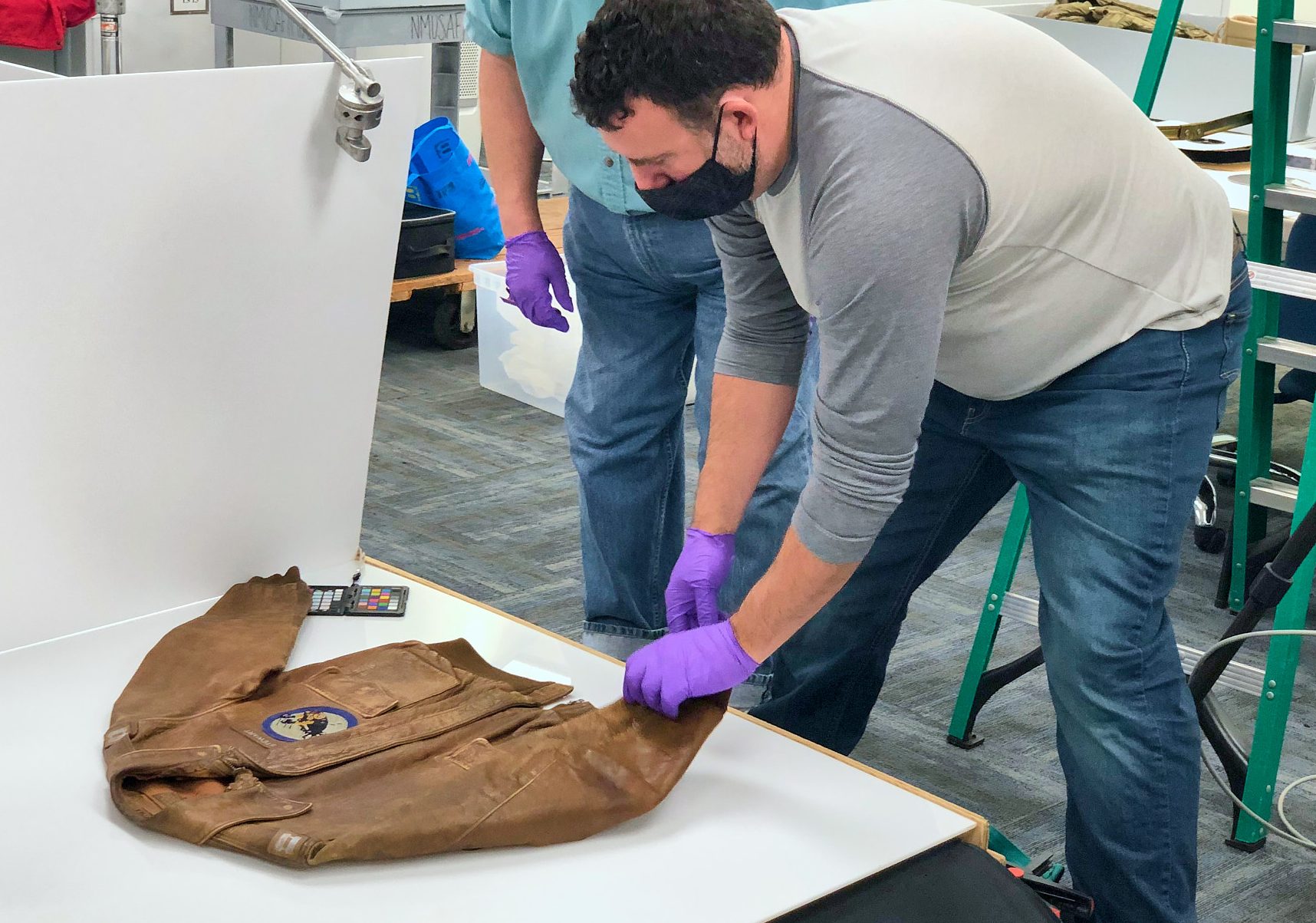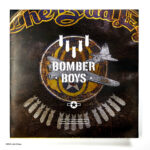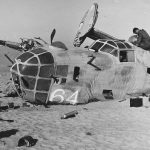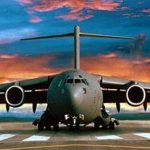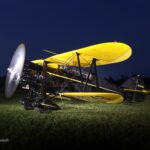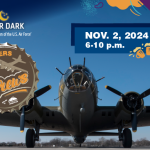When I began a personal project to photograph original A-2 flight jackets in 2014, little did I know that one day I would be inside the vault of the National Museum of the United States Air Force in Dayton Ohio doing just that.
Aware that their collection included Jimmy Stewart’s jacket, I contacted them in 2015, seeking permission to shoot there. Realizing that it would take time and manpower to fulfill such a request, they rightly asked for a letter from a publisher outlining the forthcoming book, projected publication date, and so on. I didn’t have a publisher at the time, so the request was gently but firmly denied. However, having his jacket in the book remained a goal for several years thereafter. In the interim, I had been able to photograph jackets at the Smithsonian Air & Space Museum, the 390th Memorial Museum, the March Field Museum, and several others in compiling jacket images and stories for the book. As fate would have it, a good friend was touring the NMUSAF in the fall of 2021 and ran into the museum’s director, David Tillotson III. His contact information was kindly passed on to me, and I contacted him shortly thereafter. Mr. Tillotson couldn’t have been nicer, and mentioned that the Air Force had an office in New York that handled such requests, and so armed with sample images from other museums, portraits, and a definite outline of the book, I sent off my request to photograph jackets in Dayton.
During those several years I suppose the growth of self-publishing, and it’s potential, had changed some minds and based upon the strength of the images and my plan, the request was approved. Originally they offered eight jackets for me to choose from, based upon my criteria of “good artwork and a good story,” and we eventually settled on ten. A plan was set in motion and on a very cold (9 degrees!) January day in 2022, I arrived with camera and lights in hand to create the images.
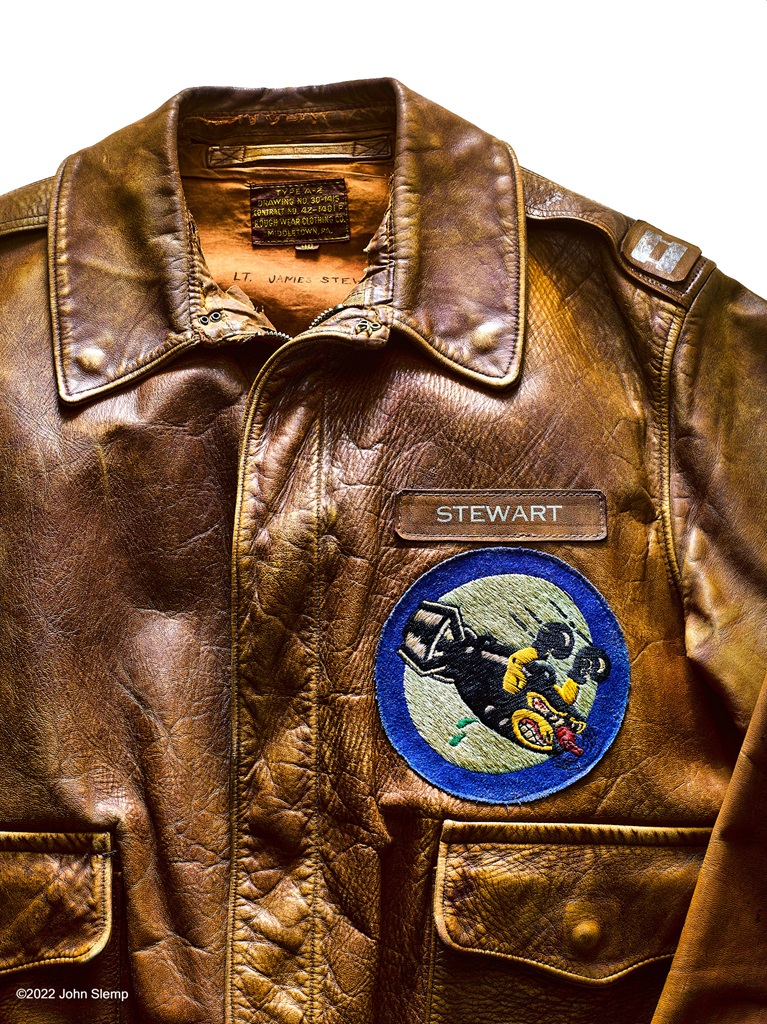
The first jacket photographed was Jimmy’s and just as we finished, Mr. Tillotson and the Collections Manager, Roberta Carothers, came into our makeshift studio and I showed them the resulting image on the laptop. Amazed at the detail and quality of the image, I could sense their satisfaction at a well founded decision. I thanked Mr. Tillotson and he reciprocated by thanking me for my request. In fact, Ms. Carothers said that “your request actually did us a favor.” Surprised at this, I asked “How so?” She mentioned that it prompted them to get their hands on the jackets, which hadn’t been done for several years, allowing them to check their overall condition. In fact, she mentioned that it was only the second time since 1968 that Jimmy’s jacket had been out of the display case! This was a real surprised to me, and meant that the resulting images were just that much more special, and unique. The remaining nine jackets were photographed without a hitch and finishing early, we were treated by our curator Brett Stolle, to a tour of the Indiana Jones sized warehouse that held a part of their engine collection. In all, it was a magical day, and became a cornerstone of the book in that we were able to photograph several historically important jackets including Jimmy’s. I will detail those in other parts of this series, but suffice it to say that they embody the breadth and scope of World War II.

In addition to the 104 jackets featured in the book, there are contemporary portraits and stories of WWII veterans, including the Tuskegee Airmen and the Women Airforce Service Pilots (WASP’s). An essay on their fashion and cultural impact written by noted fashion historian Laura McLaws Helms offers a glimpse into their continuing influence today, a section on collecting written by Antiques Roadshow curator Jeff Shrader, and a section on the care of the jackets rounds out the text. Several aircraft illustrations were provided by noted artist John Mollison. Complete with a full index, the large (12×12 inches), 398 page book offers a glance at this unique American military art form. The book has won awards in two international design competitions, and was named the “Fashion Book Of the Year” by the Ivy Style fashion blog in the spring of 2024. The full photograph of Jimmy’s jacket is available in the resulting book Bomber Boys, WWII Flight Jacket Art, which can be ordered at wwiibomberboys.com.
Read part 2 of this series here: ‘Bomber Boys’ by Photographer John Slemp Part 2: Passionate Families






